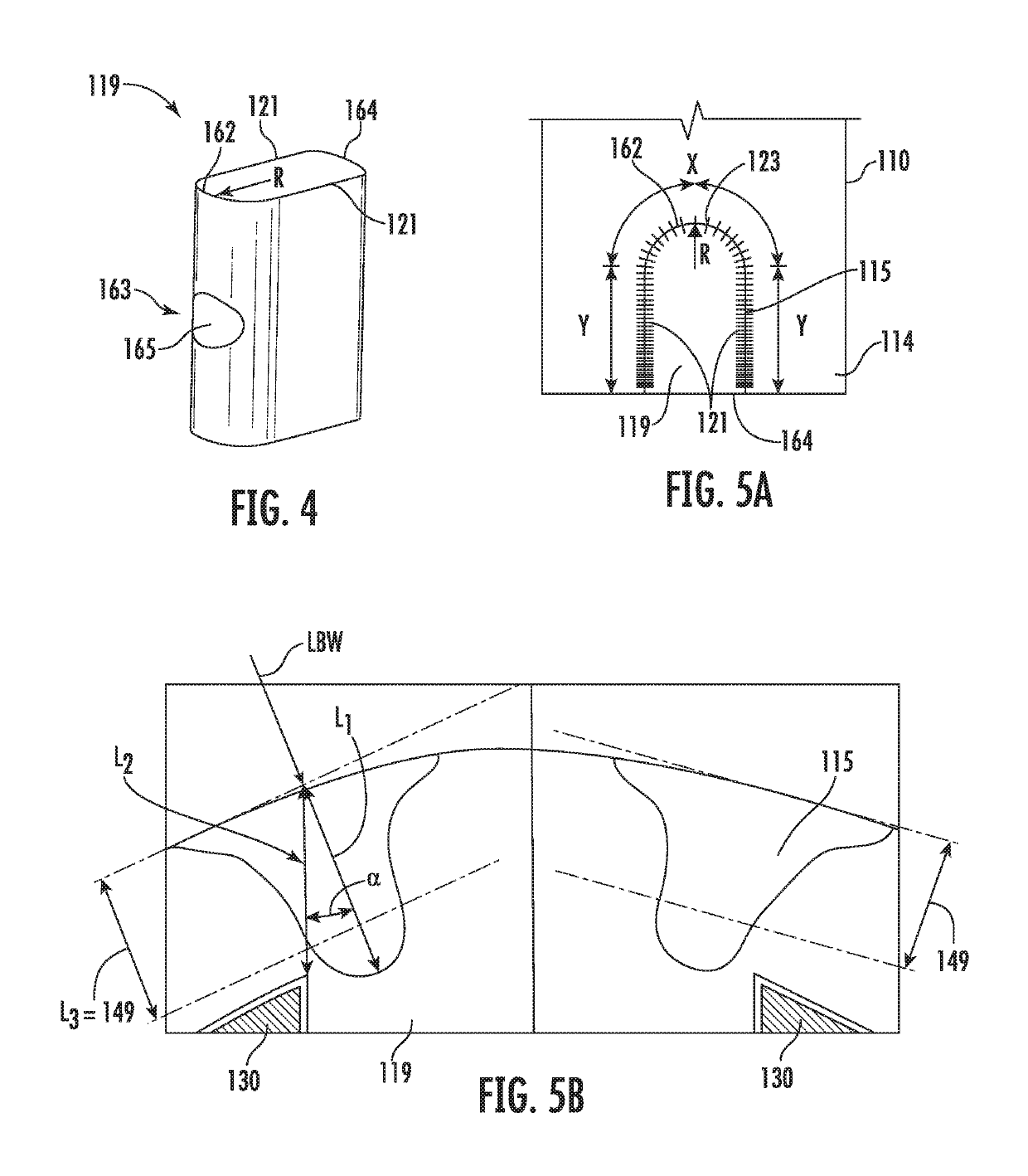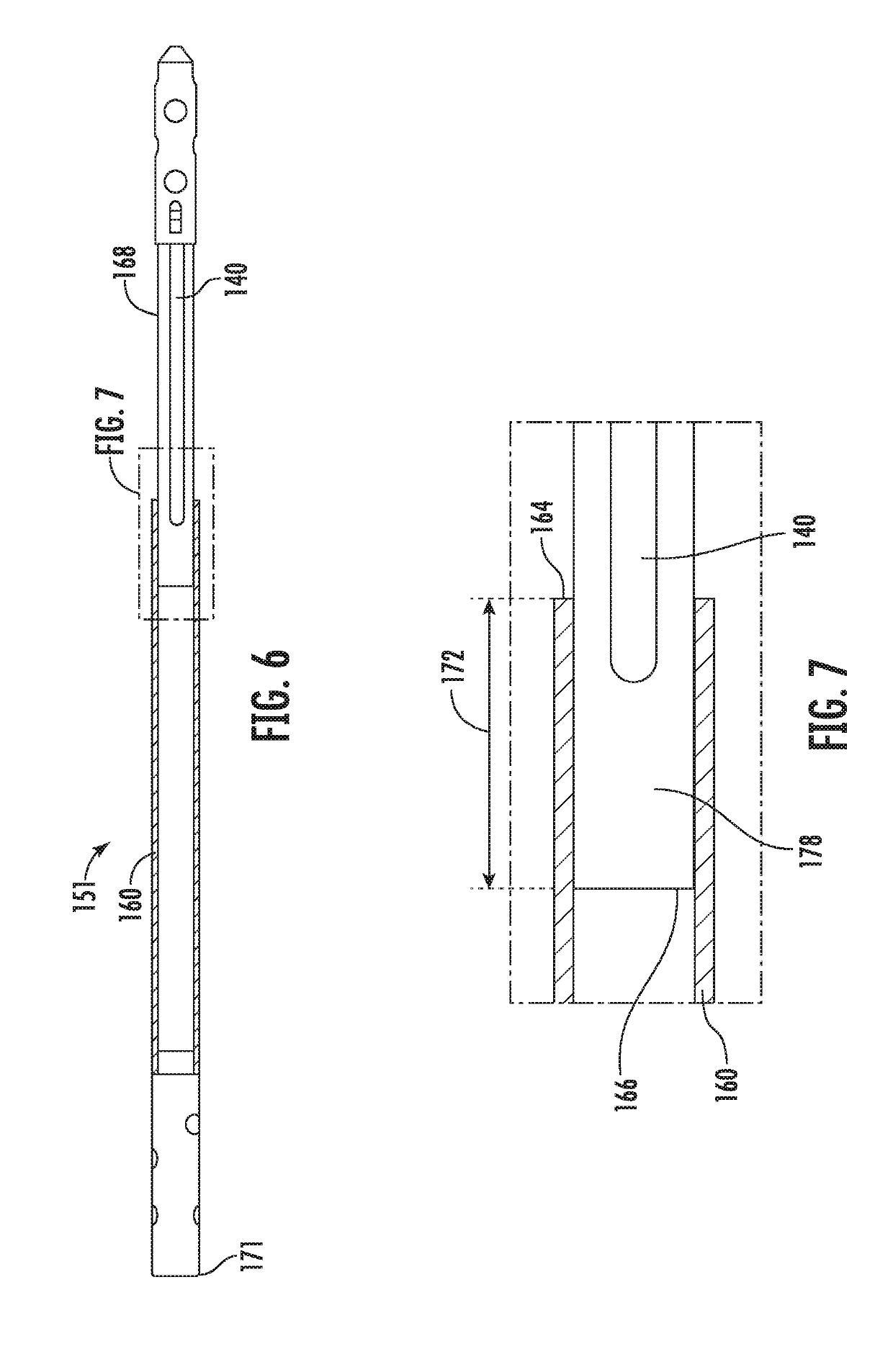Implantable bone adjustment devices
a bone adjustment device and implantable technology, applied in the field of implantable reconfigurable bone adjustment devices, can solve the problems of limited size of implanted devices in the medullary canal, prone to mechanical breakage, and limited device strength, and achieve the effect of reducing applied stresses
- Summary
- Abstract
- Description
- Claims
- Application Information
AI Technical Summary
Benefits of technology
Problems solved by technology
Method used
Image
Examples
Embodiment Construction
[0058]For the purposes of promoting an understanding of the principles of the present disclosure, reference will now be made to the embodiments illustrated in the figures and specific language will be used to describe the same. It will nevertheless be understood that no limitation of the scope of the present disclosure is thereby intended. Any alterations and further modifications in the described embodiments, and any further applications of the principles of the present disclosure as described herein are contemplated as would normally occur to one skilled in the art to which the present disclosure relates.
[0059]Various embodiments of implantable reconfigurable bone adjustment devices are disclosed herein. In some embodiments, the implantable reconfigurable bone adjustment devices may include a first member, part, body portion, or component (used interchangeably herein without the intent to limit), a second member, and a rotatable threaded rod that engages at least one component aff...
PUM
 Login to View More
Login to View More Abstract
Description
Claims
Application Information
 Login to View More
Login to View More - R&D
- Intellectual Property
- Life Sciences
- Materials
- Tech Scout
- Unparalleled Data Quality
- Higher Quality Content
- 60% Fewer Hallucinations
Browse by: Latest US Patents, China's latest patents, Technical Efficacy Thesaurus, Application Domain, Technology Topic, Popular Technical Reports.
© 2025 PatSnap. All rights reserved.Legal|Privacy policy|Modern Slavery Act Transparency Statement|Sitemap|About US| Contact US: help@patsnap.com



